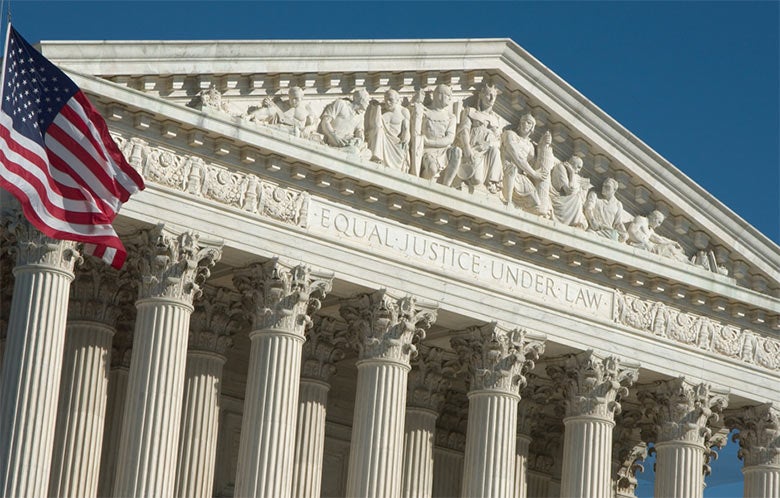Legal research is a specialized field that shares some aspects of research strategy with other academic areas. When teaching introductory legal research, it is helpful to remind people that they may already bring basic research skills to the table before moving on to more specialized training about law-related resources. Legal writing may be unique for its expectation that almost every statement of fact or law is attributed to what should be the best, or most reliable, source.
All researchers—and users of the web more generally—should use basic information literacy skills when they engage in their research. Those skills are in service of finding the best source for the proposition asserted.
In the context of legal research, the researcher needs to be familiar with the sources of law, as well as the weight and the authority of the sources. Further, the researcher needs to understand how those sources may interact with each other. Understanding those relationships helps researchers ensure that they are relying upon the strongest sources possible.
The sources of American law are derived from the United States Constitution, which creates our three branches of government. Each branch is responsible for the creation of law, with the legislative branch (U.S. Congress) promulgating statutes including those that create and authorize agencies to make regulations, the executive branch (agencies reporting to the President) promulgating regulations often using a notice and comment period prior to finalization, and the judicial branch (including the U.S. Supreme Court) interpreting and applying those statutes and regulations to the cases that come before it.
In the context of legal research, the researcher needs to be familiar with the sources of law, as well as the weight and the authority of the sources.
The Constitution is the highest authority in American law, and Congress must promulgate laws consistent with the requirements of the Constitution. Laws passed by Congress that are of general applicability are organized by subject matter, or codified, and published in the United States Code. This resource is freely available on govinfo.gov, though private publishers make available versions that include supplemental editorial enhancements that make a researcher’s job easier.
Agencies, which are part of the executive branch, promulgate and enforce regulations. Agencies are empowered to do so by Congress when it passes legislation designating agencies to make regulations in accordance with congressional directions, as seen in a law’s stated purpose. For this reason, regulations are described as having the force of law, while statutes and court opinions are described as the law.
Citizens and others (including corporations, professional associations, and lobbyists) who wish to monitor proposed regulations may visit regulations.gov, which allows visitors to make comments upon proposed regulations. The site federalregister.gov has a print analog also called the Federal Register. This resource is useful for finding not only proposed and final versions of rules, but also for finding executive orders, proclamations, and meeting notices.
When a case comes before the Supreme Court, the Court will interpret any statute or regulation at issue in the case. If the case arises from a common law dispute — a dispute based on conflicting case law rather than requiring statutory interpretation, courts interpret the case law. The Supreme Court’s interpretation is published and available for public review as an opinion of the court. Lower courts also issue opinions or judgments in the cases before them, and each level of federal court makes them available through their websites or through the Public Access to Court Electronic Records Service (PACER). They also may be available through sources such as Google Scholar or the Legal Information Institute.

Whether by amendment, interpretation, or enforcement, laws are always changing. Congress can change an existing law by passing an amendment, just as a court can interpret the language in a statute or regulation to clarify its meaning.
A critical concern for a legal researcher is evaluating whether a source of law (a case, statute, or regulation) has in any way been subjected to a negative interpretation or amendment. This analysis requires clear understanding of the relationship between the sources of law, as well as an ability to interpret the timeline of changes.
Here is a simplified example of this interplay: Congress passed laws requiring there be no discrimination on the basis of sex in employment. Those laws include the 1963 Equal Pay Act and the 1964 Civil Rights Act, which the Supreme Court interpreted as requiring that any claim of pay discrimination arising needed to be asserted within 180 days of the beginning of the discrimination regardless of when the employee learned of the discrimination. That decision, made in the lawsuit Ledbetter v. Goodyear Tire and Rubber Co., was overturned by the Congress when it passed the Lilly Ledbetter Fair Pay Act. The executive branch fulfills a role in the Act’s enforcement.
A researcher could think that a decision of the U.S. Supreme Court would be the last word on the matter, but that may be a mistake! A wise researcher will consider the complex ways that sources of law interact—based on their weight and authority, those considerations of basic information literacy—and search to find the true state of the law.
